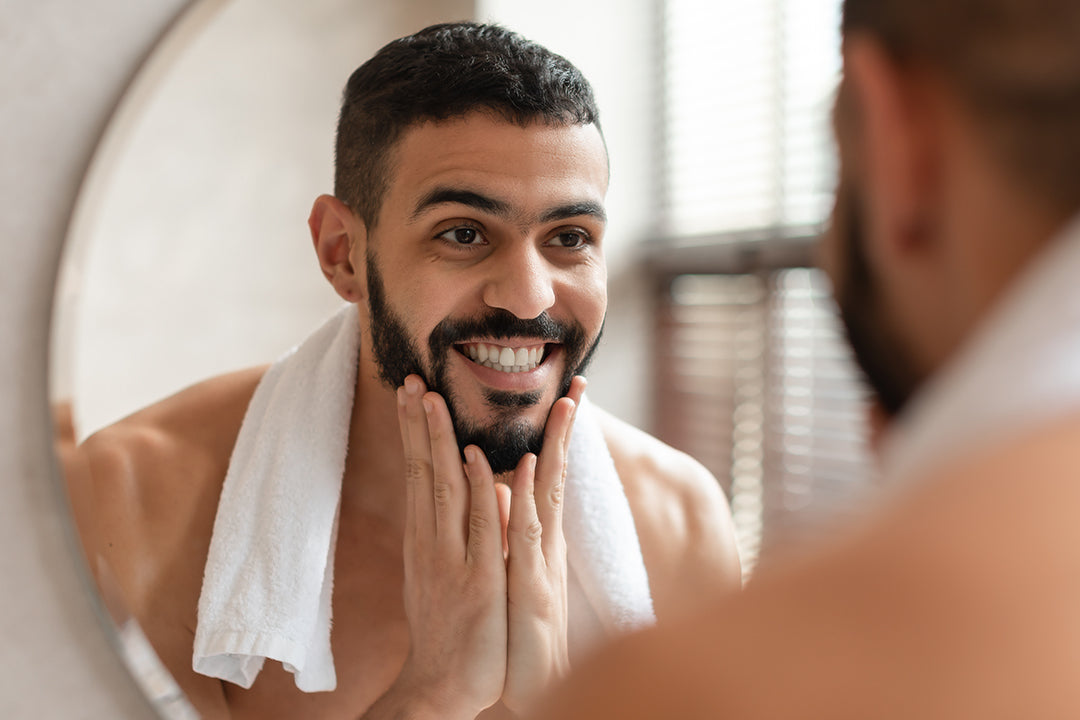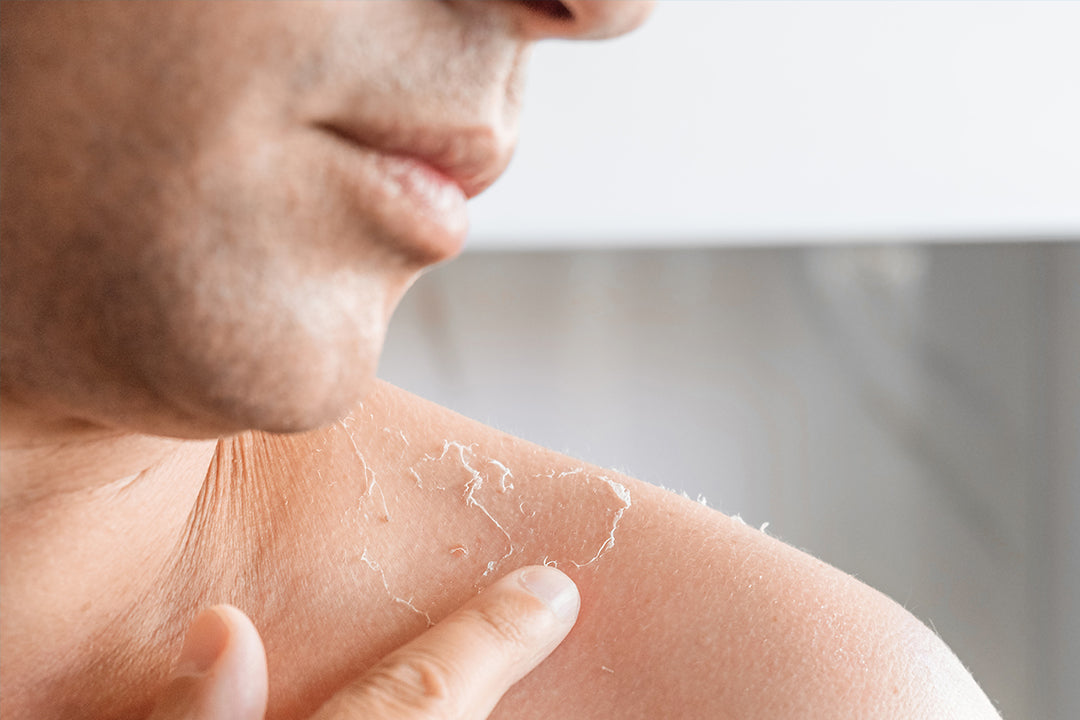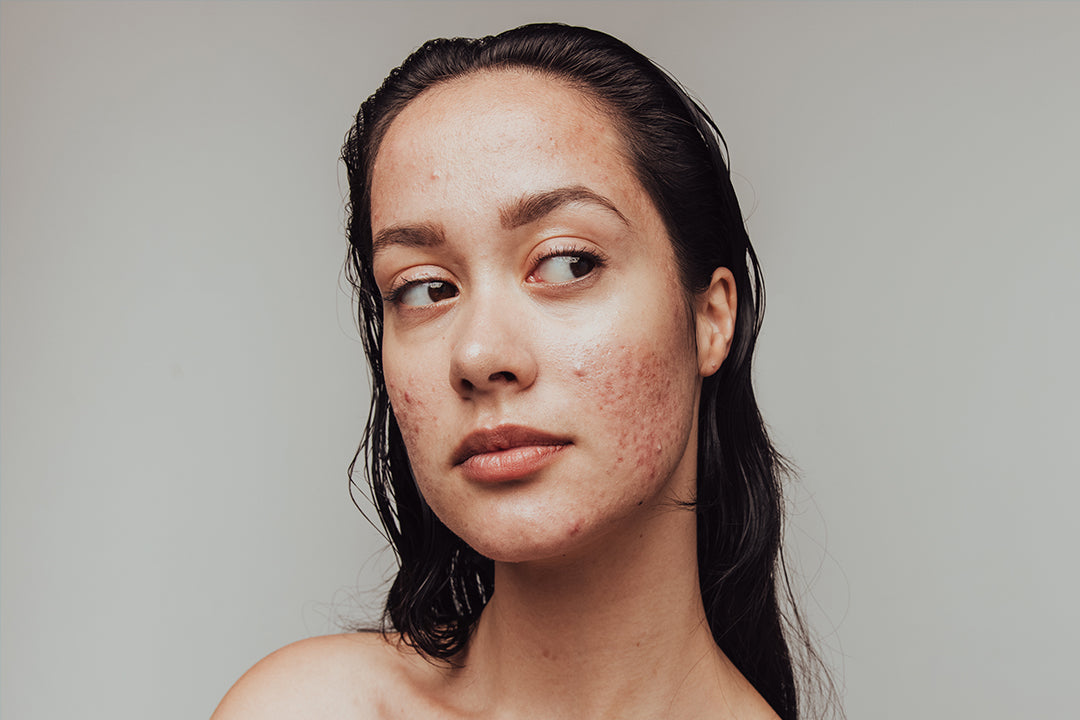You've just started a game-changing skincare routine with glycolic acid, and you're eagerly awaiting that fresh, radiant glow. But then, seemingly out of nowhere, tiny bumps appear on your skin. Before alarm bells start ringing, let's clear the air. These bumps aren't invaders - they're markers on the path to a flawless glow!
Understanding the Process
Glycolic acid is a powerful exfoliating ingredient that helps remove dead skin cells and unclog pores, revealing smoother and brighter skin. When you first introduce glycolic acid into your skincare routine, it's common to experience what's known as skin purging.
Skin purging occurs when active ingredients in products, like glycolic acid, increase skin cell turnover. This process can temporarily bring underlying impurities to the surface, resulting in the appearance of breakouts. But don't worry, this is a sign that the glycolic acid is doing its job!
How to Spot the Difference
It's important to distinguish between skin purging and a true breakout. Skin purging typically occurs in areas where you're prone to breakouts, while breakouts can appear in new areas or areas unaffected by previous breakouts.
Additionally, skin purging tends to consist of small, whiteheads or blackheads that quickly come to a head and heal faster than normal. Breakouts, on the other hand, may be larger, inflamed, and take longer to heal.
Dealing with Skin Purging
If you're experiencing skin purging after a glycolic acid peel, there are a few things you can do to help manage it:
1. Be patient: Skin purging is a temporary phase that usually lasts for a few weeks. Stick to your skincare routine and give your skin time to adjust.
2. Keep it gentle: Avoid using harsh or abrasive products during this time. Stick to gentle cleansers and moisturizers to soothe your skin.
3. Stay hydrated: Drinking plenty of water can help flush out toxins and support your skin's natural healing process.
4. Protect your skin: Don't forget to wear sunscreen every day, as glycolic acid can make your skin more sensitive to the sun.
When to Seek Help
While skin purging is a normal part of the process, there are situations where you should reach out to a dermatologist:
1. If your skin purging lasts longer than 6-8 weeks
2. If your breakouts are severe and not improving
3. If you're experiencing any unusual or concerning symptoms
A dermatologist can assess your skin and provide personalized recommendations to address your specific concerns.
Introducing QRxLabs Skincare
When it comes to skincare products, QRxLabs offers a range of options to support your skin during the purging process and beyond. Their glycolic acid-based toners, cleansers, creams, moisturizers, serums, and chemical peels are designed to be effective yet gentle on the skin.
QRxLabs combines the best ingredients found in nature with the latest advancements in skincare to create exclusive products that yield lasting results. They are committed to sustainability and create products that are completely free of parabens and silicones.
Whether you're dealing with pigmentation, redness, razor bumps, aging concerns, or skin lightening, QRxLabs has a product to address your specific needs.
Takeaways
Breaking out after a glycolic acid peel is often a normal part of the skin purging process. By understanding the difference between skin purging and breakouts, managing the purging phase, and using the right skincare products, you can achieve the fresh, radiant glow you've been dreaming of.
Frequently Asked Questions
1. How long does skin purging last?
Skin purging typically lasts for a few weeks, depending on your skin's individual response to the glycolic acid. Be patient and consistent with your skincare routine.
2. Can I use other active ingredients while experiencing skin purging?
It's best to avoid introducing new active ingredients during the skin purging phase. Stick to your glycolic acid-based products and keep your routine simple.
3. Should I continue using glycolic acid if I'm still breaking out?
If your breakouts persist beyond the skin purging phase or are severe, it's best to consult a dermatologist. They can provide personalized guidance based on your skin's needs.
4. Can glycolic acid be used on sensitive skin?
Glycolic acid can be used on sensitive skin, but it's important to start with a lower concentration and patch test before applying it to your entire face. Gradually increase the concentration as your skin tolerates it.









